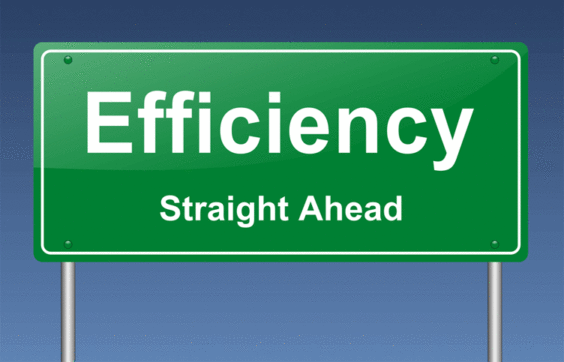Be effective and efficient

\It’s almost March (and spring!), and I’m moving out of the “scramble to put my life back together after EOY” phase and into my “let’s remain calm” phase (because it’s gorgeous outside in Austin, Texas, and it inspires peacefulness).
No matter where you work, we all want to work smarter, not harder—to be effective and efficient and to reduce the stress of the daily grind. Below are five steps to keep you focused on the stuff that matters.
1. Set SMART goals (specific, measurable, achievable, realistic, time-bound). I know. Everyone says that. But breaking out your goals yearly, monthly, weekly, or even daily can help keep you on track to your overall organizational goals and reduce the clutter of everything else fighting for a position to be number one in your mind.
2. Focus on the data. Quit guessing! Use data to measure the progress and success of your goals, as well as to adapt and morph your program as needed. Why spend all that time brainstorming what you should do when looking at the facts will tell you the path you should take? Check out how “nonprofits can use data to solve the world’s problems.”
3. Automate your reporting and the information that you receive (that could be something as simple as the news). You need to know some basic things daily, weekly and monthly. Have that data (or the news) sent to your inbox whenever possible. You don’t need to waste your time looking for it.
4. Be proactive whenever possible.
- Take the time to set up your segments. Use your data to drive segmenting decisions. Set up your website, emails, surveys, queries, etc. to automatically add your constituents to the correct buckets. The next time you send that email, you won’t need to figure out who should go in your target groups – you’ll have everything nicely formed for you.
- Quit scrambling to get your campaigns out the door. Whether you’re looking at acquisition, fundraising, membership drives, events, etc., you will save a lot of time by putting together a calendar at the beginning of the year to outline the timing of the campaigns, what those campaigns will accomplish (making sure to tie those accomplishments into your larger organizational goals), and how you plan to reach those goals.
- Test, test, test. No matter what you do, data should drive your decisions. Test your ideas so you can find out what works and doesn’t work, so the next time you run a campaign, you can be proactive when choosing how to implement that campaign.
5. When it comes to simplifying – don’t overcomplicate the process to reach your goal. Pure and simple.


